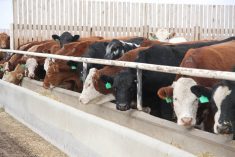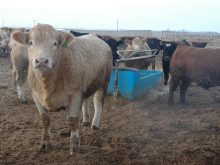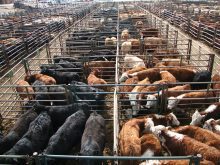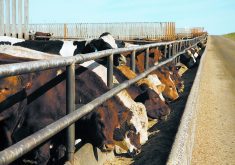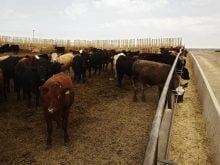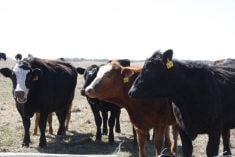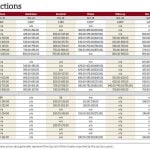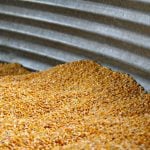This cattle market information is selected from the weekly report from Canfax, a division of the Canadian Cattlemen’s Association. More market information, analysis and statistics are available by becoming a Canfax subscriber by calling 403-275-5110 or at www.canfax.ca.
Fed prices rise
Fed cattle prices in Alberta and Ontario surpassed $200 per hundredweight live last week. Alberta fed trade was active, with a volume of 8,507 head, the highest weekly fed volume since the first week of November last year.
Read Also
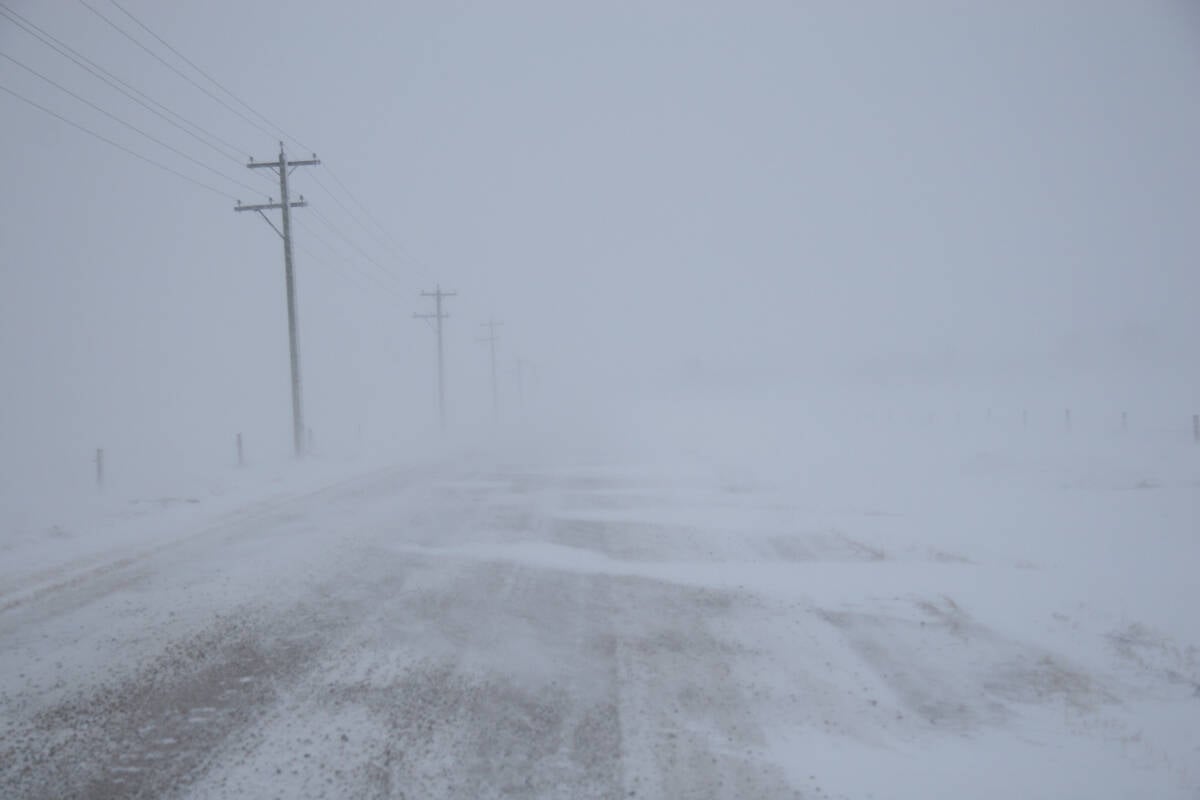
Volatile temperatures expected for this winter
DTN is forecasting a lot of temperature variability in the Canadian Prairies this winter. Precipitation should be close to average.
Dressed prices in Alberta were $335-$336.50 per cwt. and are only $4 per cwt. shy of their record high in June 2015.
Western fed cattle slaughter for the holiday shortened week of Feb. 25 dropped 15 percent from the prior week, but year-to-date slaughter remains steady with year-ago levels. Fed cattle and cow exports to the United States slowed in mid-February with weekly volumes 13-17 percent lower than last year.
Ontario dressed prices, at $340.50 per cwt. last week, were up $2.50 to an all-time high. Ontario fed trade was active with volumes 30 percent higher than the previous week, but 40 percent lower than last year.
Alberta fed steer rail prices were $14 per cwt. behind Ontario fed steers to begin 2023 but have narrowed the gap and were only $4 behind last week. Alberta steer prices are set to make a new record high by St. Patrick’s Day.
In the United States, northern trade was reported at US$265 per cwt. in Nebraska, $3-$7 per cwt. higher than the previous week. Live southern trade was reported at $165 per cwt., $1-$5 per cwt. higher than the previous week. A total of 75,000 head traded in the north, and 152,500 head in the south.
Last week’s U.S. slaughter was estimated at 629,000 head, up 11,000 head from the previous week. Maintenance and cleaning reduced slaughter rates in February and supported cut-out prices.
New highs for cows
Trading $6 per cwt. higher, butcher cows established new annual highs last week. Since the start of January, butcher cow prices have risen 21 percent. The jump in prices over the past 60 days seems drastic, but it is similar to last year when prices rallied 22 percent.
Last week D2 cows traded at $113.50 and D3s at 100.50 per cwt.
Over the past 25 years, there have only been two years when the first half of the year highs occurred in March. That was in 2005 and 2015. From a seasonal perspective, higher prices are still ahead. The largest non-fed supplies are in the rear-view mirror because cow slaughter volumes have seasonally peaked.
Over the previous three weeks, western Canadian cow slaughter has averaged 8,262 head per week, 12 percent larger than last year, but in line with the five-year average.
Butcher bulls had an impressive week, with prices gaining $8 per cwt. to average $137.39 per cwt. Butcher bulls are the shining star of the non-fed market.
Butcher cow prices are at the highest point in seven months, while bull prices are the strongest since October 2015. Year-to-date Canadian bull slaughter volumes are 21 percent larger than last year, while year-to-date Canadian slaughter bull exports to the U.S. are up 12 percent.
Smaller auction volume
Western Canadian auction volumes totalled 187,500 head over the previous four weeks. This stands as the smallest auction volume for the month in nearly 20 years.
Light auction numbers are surprising, given calf and feeder prices have been setting annual highs on a weekly basis. Calf and feeder prices were generally higher across the board with heifer calves seeing the largest price jump.
Last week, the only class of cattle to set a new record high was Ontario steers heavier than 900 pounds, averaging in the upper $250s per cwt. Last week Alberta and Saskatchewan heifers heavier than 900 lb. for September delivery traded from $253-$259 per cwt. with a weighted average price of $257.75 based at 956 lb. Forward delivery prices are roughly $5 per cwt. higher compared to the previous week.
For the week ending Feb.18, Canadian feeder cattle exports to the U.S. totalled 1,749 head, 8,300 head lower than last year. For the middle of February, this was the second lowest Canadian feeder export volume in 15 years.
U.S. cutouts rise
In U.S. beef trade, cut-out prices continued their upward momentum. Choice cutouts closed steady with the previous week at US$288.50 per cwt., while Select cutouts closed at $277.58.


